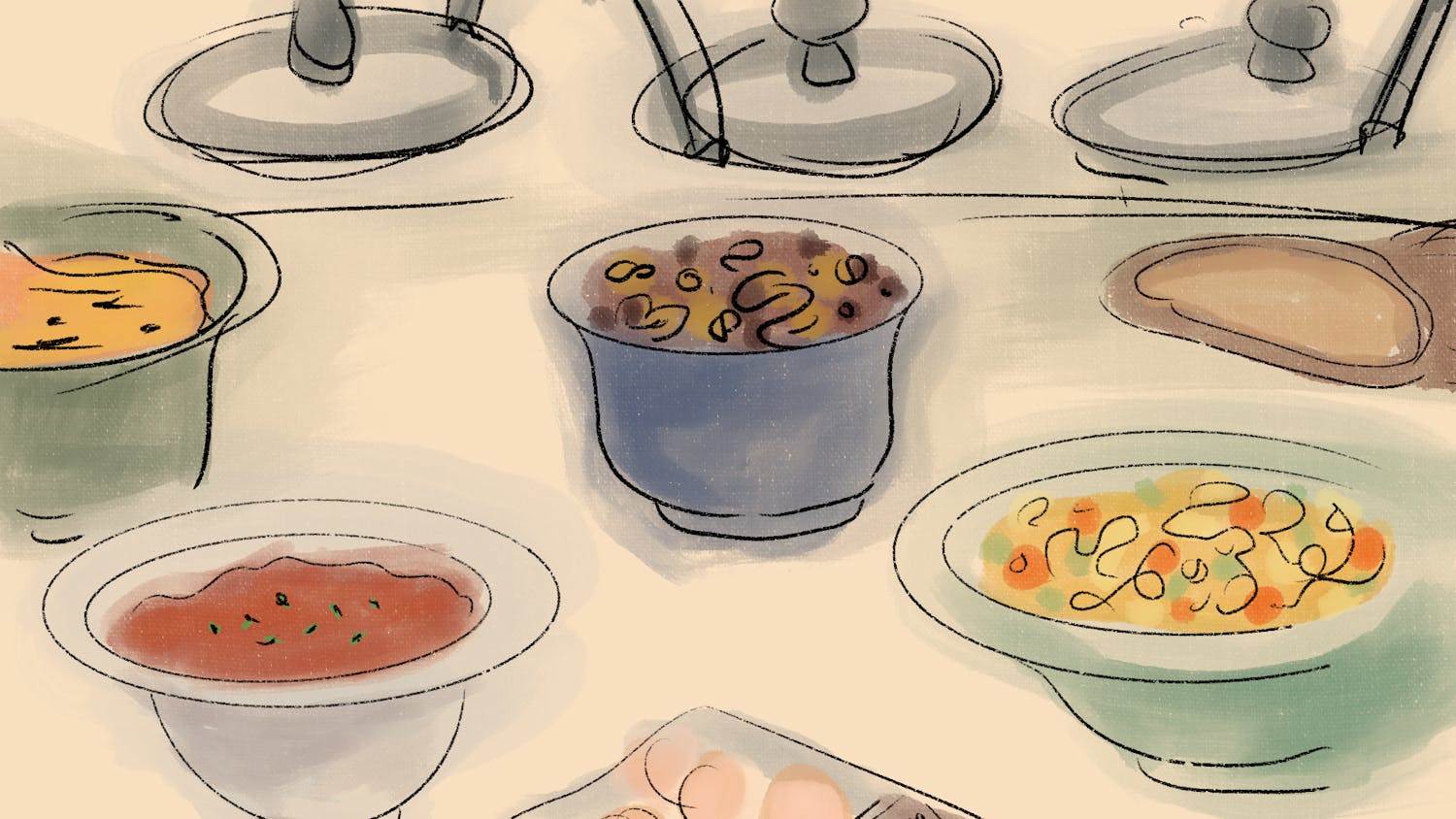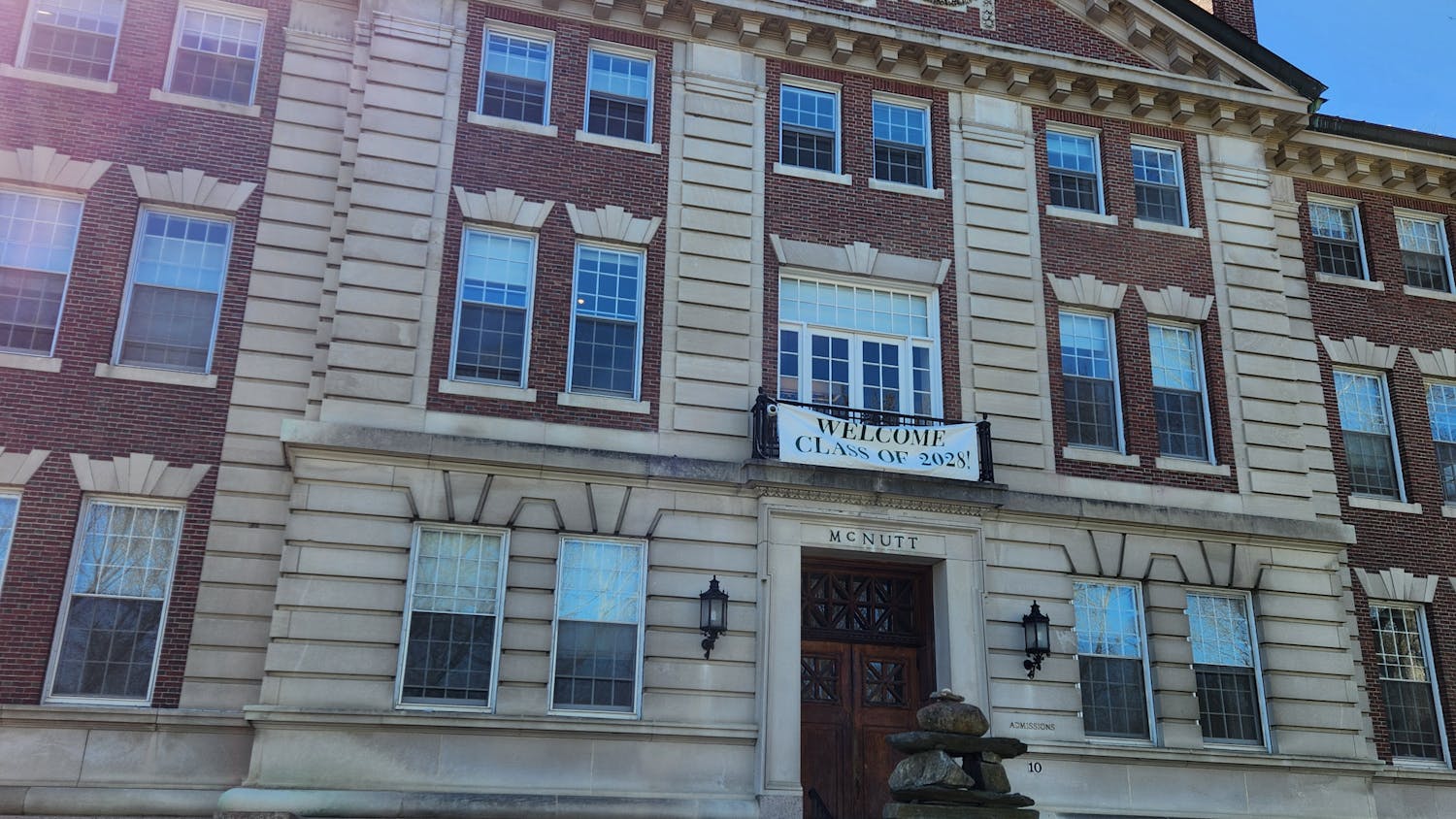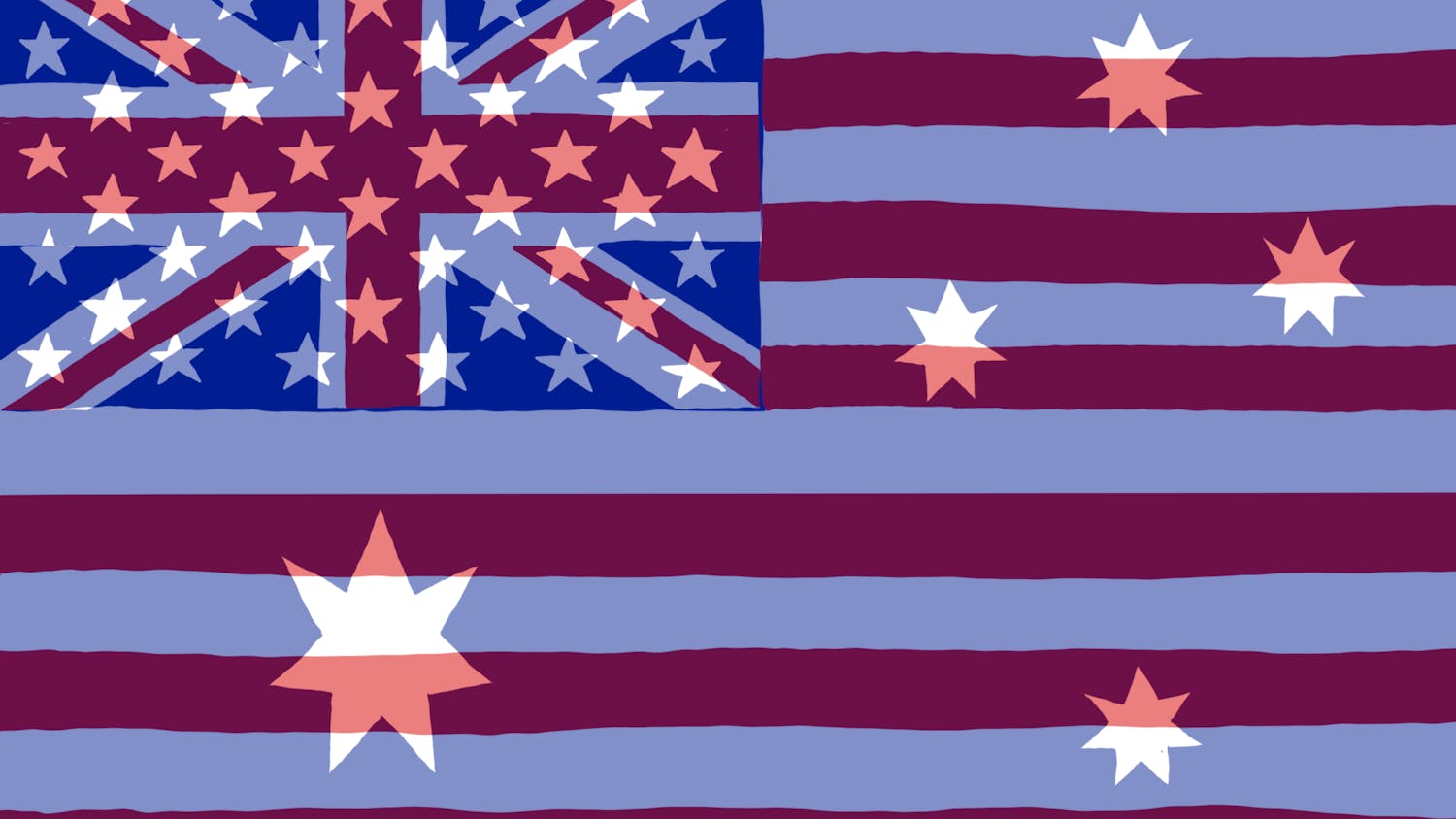James Nachtwey ’70 has had a career that has taken him around the world, from Lebanon, to Ireland, to South Africa, to the former Soviet Union. Since he became a conflict photographer in 1981, Nachtwey has won the Overseas Press Club’s Robert Capa Gold Medal five times, the World Press Photo award twice and the 2007 TED prize. He worked with the Bang Bang Club — four South African photographers who documented the end of apartheid in the early ’90s. In 2001, a documentary based on his career called “War Photographer” was released. The documentary was nominated for an Academy Award. The inspiration for his career, however, began at Dartmouth, as the civil rights movement and anti-Vietnam War sentiment hit their fever pitch. These events, as well as his discovery of art history, would prove instrumental in helping Nachtwey become the world-renowned photographer he is today.
What steps led you to become a newspaper photographer for the Albuquerque Journal?
JN: After I graduated from Dartmouth, I decided that I had had four years of a very good educational experience, but I wanted to be educated in other ways. As much as I truly valued the education I got here, I decided to explore the world. I was in the Merchant Marine. I signed up to work on ships. I still had not yet decided to become a photographer, but I began to take pictures with a borrowed camera. When I came back from that experience, I decided I wanted to go to Europe. Because I was interested in art history through my experience at Dartmouth, I visited art museums. When I went to the Prado Museum in Madrid, I saw the original works of Goya, in particular this series of lithographs called “The Disasters of War.” The images were so raw and really portrayed the brutality and inhumanity of war and very much reflected what I was thinking about the Vietnam War. That’s when I began to decide that I wanted to be a photographer. So, I began to teach myself. I didn’t have enough money to go to graduate school. I read books about composition, about how to develop film and how to make prints. I would rent darkroom space and teach myself to do these things. I built up a portfolio and I took it to the Boston bureau at Time Magazine. I went down to New York to meet the director of photography, who gave the green light to the Boston bureau to use me as a stringer. Eventually, I was making a living of sorts, but I decided I wasn’t working enough. I really needed to work in a concentrated way every day, day in and day out. I thought working for a newspaper would be the way to do that. I applied to newspapers in various parts of America that I didn’t know at all. I wanted to go some place completely new. One of the places I applied to was the Albuquerque Journal in New Mexico. I got accepted there, got on a plane and went and spent four years there.
Your first assignment was in Northern Ireland in 1981.What led you there and what was that experience like?
JN: After I worked in New Mexico for four years, I realized I had learned everything I was going to learn from that experience and said, “Okay, it’s time to go to New York.” I spent six months becoming attached to a photo agency called Black Star. I was establishing myself as a photographer, always with the intention of being a war photographer. Before I went to a conflict, I wanted to feel like I was qualified, because I considered it a great responsibility. I was following the hunger strike in Northern Ireland in 1981. I realized that this was the moment when I should really start my career as a conflict photographer. I got on a plane and just went there. It was very turbulent. I had a feeling that I was witnessing history unfold in front of my eyes. I was photographing these events and really felt like this was what I was meant to do. I went there without an assignment, but I sent pictures back to Black Star and they showed them to Newsweek. Newsweek liked the pictures very much and they put me on assignment for several weeks covering that event for them. I never looked back. I just kept on going.
During your career, you’ve spent time in various areas of the world documenting social issues and armed conflict. As a photojournalist, what was your goal every time you were in one of these areas, and what did you seek to capture?
JN: I had a sense of recording history as it happened. We didn’t know what was gonna happen from one moment to the next. I understood I was capturing historic moments, but I wanted to really see them as human moments within history because history is really made by human beings. We hear statistics and political and ideological abstractions about every historical event. I wanted to see it as a human experience, and I realized you have to do that by focusing on what’s happening to individuals one by one. Things might happen thousands of times and that’s a statistic, but what happens to one person in a single moment is a human moment, and that’s what I wanted to capture. I wanted to really give viewers a sense of the emotions of the people who were experiencing these events so that they could relate to them in a human way.
You worked with the Bang Bang Club while in South Africa. What did this experience teach you?
JN: That the Bang Bang Club was a label that other people put on our group. That’s not what we called ourselves. We were several photographers who felt a bond with each other and were able to work very well with each other. I think we all shared a sense of commitment to what was going on and I felt very privileged to be working with great South African photographers. They had grown up with apartheid and they were doing everything they could to fight it through the act of journalism. Then were very driven, very courageous. They paid a tremendous toll. Friends were killed. Friends were wounded. Friends committed suicide. I think I learned everything from them. It instilled in me an even greater sense of commitment. I think that’s something they shared with me, and I took it to heart. It’s still one of the greatest experiences I’ve ever had, and that it resulted in the election of Nelson Mandela is one of the great events of the 20th century.
What was it like to document the 9/11 attacks on the World Trade Center?
JN: I was there before either of the towers fell. I was photographing the south tower while it was still standing. I was a couple of blocks away from it and as I was photographing it, it actually collapsed. Huge steel girders that must have weighed a ton and massive sections of the exterior of the building were flying through the air like matchsticks. As I was taking photographs, with the cloud of dust coming towards me, it all went into slow motion. I felt I had all the time in the world. I was just floating very slowly. I was framing everything and trying to get it just right. At that time I was shooting film. On a roll of film, there are 36 frames on a roll. It was probably luck that I was shooting film because on the 36th frame the camera stopped and when the camera stopped and I couldn’t shoot anymore, everything went back into normal motion and I realized I was about to get taken out by all of this heavy debris. I found shelter right at the last second. I wanted to see what it looked like where that building had been. I made my way through the lines of police who were trying to block people from getting there. I was so compelled to get there that I didn’t think ahead, not realizing that if the first tower fell, that most likely the second tower was gonna fall too. I was standing right under the second tower when I heard what sounded like a waterfall in the sky. I looked up and it was coming down right on me. I realized that if I had stopped to take a picture of it, I wouldn’t have survived. I somehow found shelter and just as I did, everything went black. I thought I was buried under the wreckage. I got down on the ground and began to move slowly without seeing anything, calling out to see if there was anyone else who needed help or who was injured. It was silent. I just kept on moving. Eventually, I got to a point where I saw points of light in the black, no bigger than stars. I was trying to figure out what it was and I realized that it was probably the lights of the vehicles that were on the street and that I was outside, that I actually wasn’t underneath the wreckage. I spent the rest of the day, well into the evening, actually down in Ground Zero photographing the firemen.
You suffered your first major combat injury while covering the United States’ invasion of Iraq. How did this experience impact you?
JN: It wasn’t the first time I was injured. It was the worst I’d been injured up until then. This was a hand grenade that exploded inside a Humvee. The reporter who was working with me, Michael Weisskopf, put his hand on the grenade to try and throw it out of the Humvee, and it exploded while he was doing that. He lost his hand, but I think it somehow absorbed much of the deadly impact. And although I got shrapnel in my legs, stomach and some in my face, and two of the soldiers were quite seriously injured, nobody died. It took me several months to recover. I think my main sense of it is that I was really lucky because I had been photographing in Iraq, and I had seen what was happening to people — the catastrophic level of the wounds that were being inflicted by IEDs was quite terrible. That I walked away from that was kind of miraculous.
You’ve covered a lot of places and issues during the course of your career. Is there any one place or event that has stayed with you the most?
JN: I think the inspiration I felt in South Africa. I should say it’s hard for me to put a hierarchy on my experiences because they all have been very intense and I certainly wouldn’t try and put a hierarchy on other people’s suffering because when someone is suffering. That’s their story. I can’t say one is more important than another, but just in terms of seeing a struggle and seeing an uplifting conclusion, the end of apartheid in South Africa was probably the most powerful thing I saw.
This interview has been edited and condensed for clarity.
Anthony is a '20 from Dallas, TX. Anthony plans to major in Film & Media Studies at Dartmouth, and decided to join The D to further his passion for writing. In addition to working with The D, Anthony considers himself a passionate supporter of the Dallas Cowboys and spends his days watching movies, admiring fine art, and using the Oxford comma.



